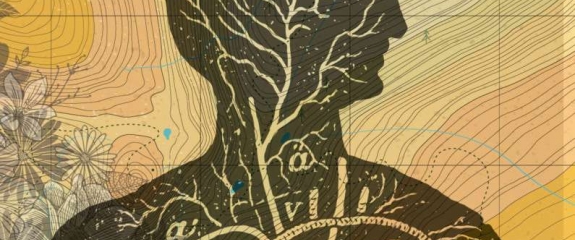First detailed map of the body's antibody production could suggest new treatment options for immune disorders

When viruses and bacteria invade the body, the immune system fights back. B-cells swarm into affected areas, unleashing antibody molecules that seek to destroy the invaders. Some antibodies envelop invading pathogens or block them from entering healthy cells, while other antibodies create inflammation that can speed the healing process.
Now, for the first time, Stanford researchers have mapped out how the human body creates antibodies of every class, revealing that a diverse set of antibody-producing cells springs from the same kind of ancestor. Researchers extracted B-cells from the blood of young, healthy adults. Using a high-throughput genetic sequencing machine, which reads out the individual nucleotides that make up a cell’s genetic code, they created a large library of antibody-producing genes from all the B-cells in the sample. They traced the lineage of B-cells by counting the number of acquired mutations in the cells’ genes, finding that cells in later generations had more genetic mutations. The researchers also looked for evidence that the B-cells had switched the types of antibody they produced. This switching process allows the immune system to customize its response to incoming threats.
It is hoped that the information will help us understand what goes wrong in immune diseases from which we may be able to crack conditions resulting from allergies.


